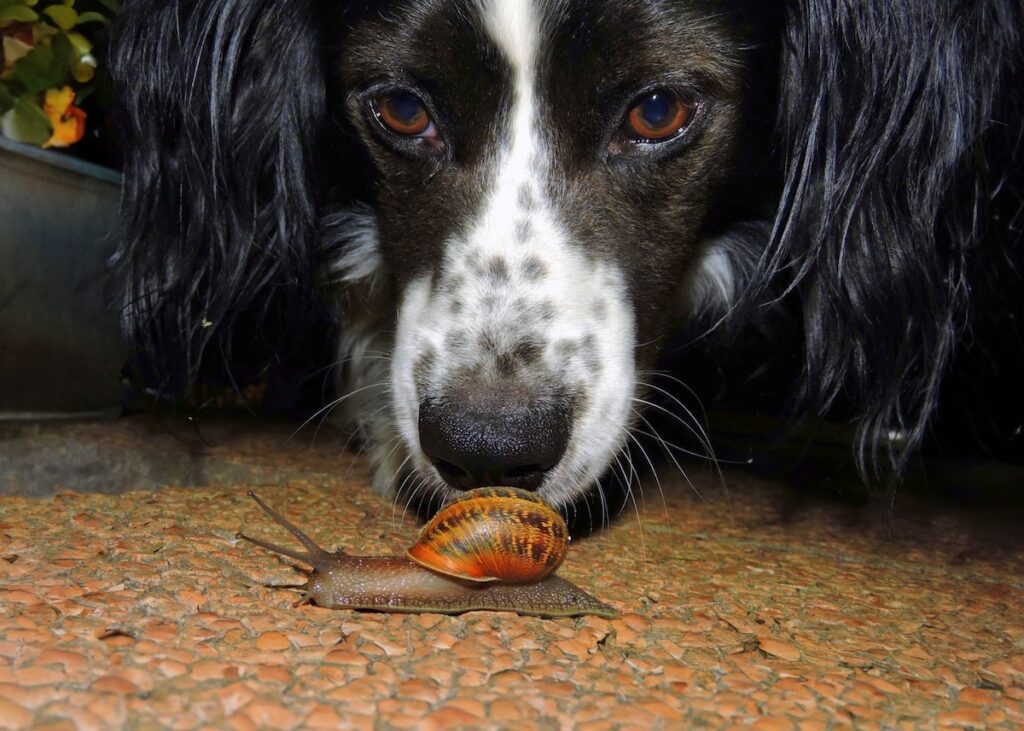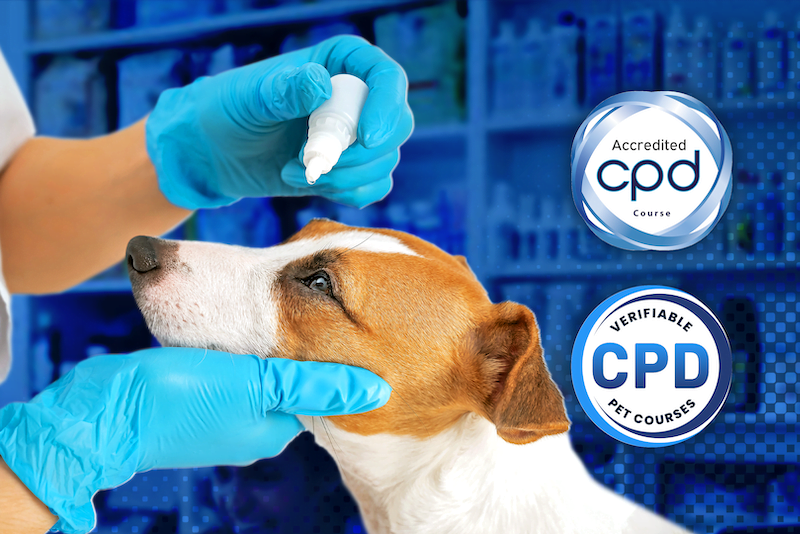Understanding Lungworm in Dogs: Risks, Symptoms and Prevention
 pcdazero/Pixabay.com
pcdazero/Pixabay.comLungworm is a potentially fatal disease affecting the dog. Evidence indicates that it continues to spread across the UK. Read all about this potentially fatal disease and find out why monthly treatment is essential to prevent the devastating effects of this parasite.
What is Lungworm?
The lungworm (or to give it its proper name: Angiostrongylus vasorum) is a parasite that is capable of causing very serious disease in dogs and, if not treated or diagnosed, can prove fatal. The lungworm Angiostrongylus vasorum is now endemic throughout much of the UK.
Lungworm larvae migrate around the body causing damage to a range of different body systems including the lungs and vessels in the heart. The disease can be responsible for causing problems with blood clotting so internal haemorrhage is another possibility.
How can my dog get Lungworm?
Lungworm is carried by slugs and snails. These garden pests can carry the lungworm larvae so when dogs accidently ingest them they are in serious threat of being infected. Although most dogs will be reluctant to eat these slimy critters they may do so accidently when:
- Rummaging in the garden
- Eating grass.
- Using feeding or water bowls kept outside
- Drinking from puddles
- Picking them up from their toys if they’ve been left outdoors
What are the symptoms of Lungworm?
The severity of the disease varies between individual’s . In fact some dogs don’t even show symptoms in the early stages of infection. However these are just some of the possible signs:
Respiratory problems:
- Difficulty breathing
- Coughing
Blood clotting problems:
- Excessive bleeding from even minor wounds/cuts
- Nose bleeds
- Bleeding into the eye
- Anaemia (pale gums)
Seizures
- Fitting
General ill health:
- Vomiting & Diarrhoea
- Depression and lethargy
Can Lungworm be treated and how can it be prevented?
Treatment is available and blood tests and poo samples can be taken to detect whether your dog is infected. However, because infection with the parasite may be fatal, prevention is most important.
Regular monthly use of a suitable product is the only way to prevent this potentially devastating disease. Preventative treatment is easy to administer and products are available from your veterinary surgery.
Other sensible precautions include:
- Avoiding leaving food and water bowls outside.
- Toys and chews may also be responsible for harbouring a slug or snail so avoid leaving them lying around the garden too.
For further reading on this topic: https://mypetandi.elanco.com/en_gb/parasites/lungworm/act-against-lungworm-in-dogs
Want to learn more?
Here is a selection of my courses that will help you learn more about canine health and first aid:
Higher Certificate in Canine First Aid
- Accredited Course
- Video Demonstrations
- Downloadable Resources
- Certificate of Completion
- Lifetime Access
Higher Certificate in Canine Health & Well-being
- Accredited Course
- Webinar & Demonstrations
- Downloadable Resources
- Certificate of Completion
- Lifetime Access
Higher Certificate in Canine First Aid for Veterinary Receptionists
- Accredited Course
- Video Demonstrations
- Downloadable Resources
- Certificate of Completion
- Lifetime Access


